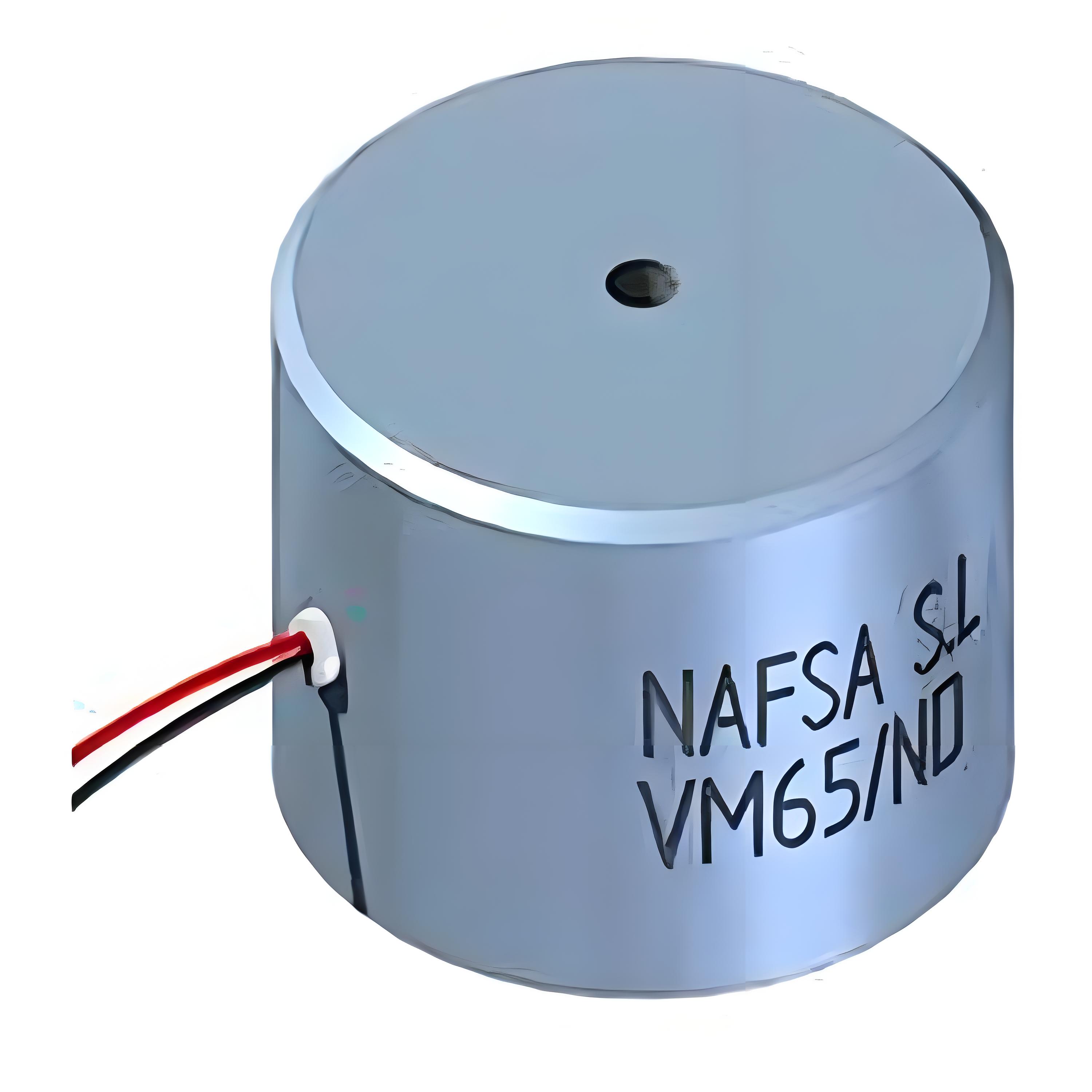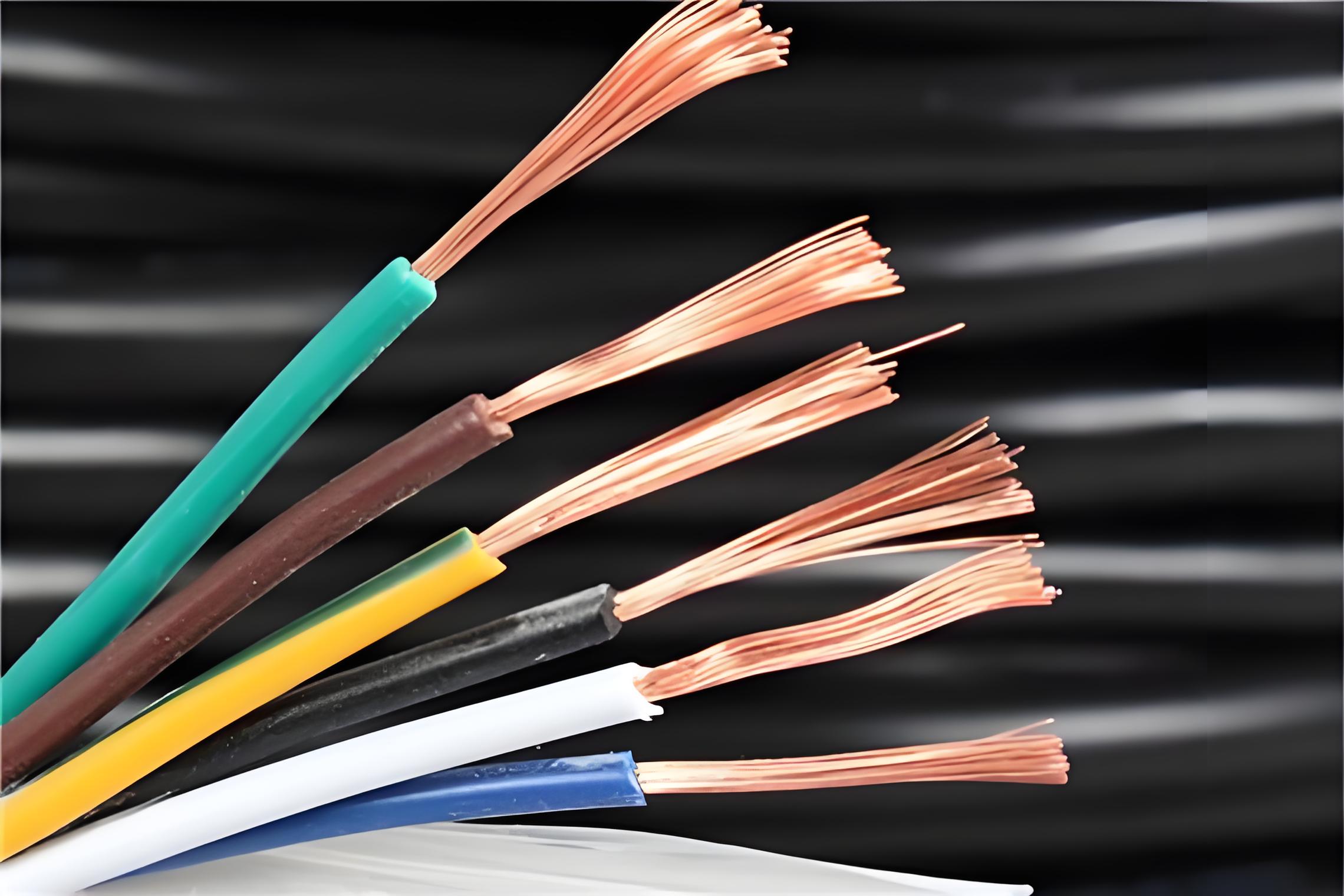What is the difference between handling magnets and electric wires with opposite charges?
There are the following differences in handling magnets with opposite charges and wires:
I. Different properties
Magnet
A magnet is an object with magnetism. The magnetic field it generates is formed by the orderly arrangement of internal magnetic domains. The two poles of a magnet are respectively the north pole (N pole) and the south pole (S pole). Like poles repel each other and opposite poles attract each other.
For example, when two magnets are close to each other, if opposite poles are facing each other, they will attract each other; if like poles are facing each other, they will repel each other.

Wire
A wire is usually made of a metal conductor (such as copper, aluminum, etc.) and is used to transmit electric current. When a wire has opposite charges, there is actually an electric field inside the wire, causing electrons to flow in the conductor.
For example, in a direct current circuit, one end of a wire may have a positive charge and the other end may have a negative charge. Electrons flow from the negative charge end to the positive charge end to form an electric current.

II. Different handling methods
Magnet
Separation: If you want to separate magnets with opposite charges (i.e., different magnetic poles), a certain external force needs to be applied to overcome the attraction between them. Tools can be used to gradually pry open or pull apart by mechanical devices. However, it should be noted that a relatively large force may be required during the separation process, and care should be taken to prevent the magnet from being damaged or losing its magnetism due to collision.
Storage: When magnets with opposite magnetic poles are stored, they should be kept away from ferromagnetic substances to avoid affecting their magnetic field distribution or being adsorbed by other objects and causing damage. At the same time, environmental factors such as high temperature and violent vibration should be prevented from affecting the magnetism of the magnet.
Safety in use: When handling magnets with opposite magnetic poles, care should be taken to avoid pinching fingers, especially when strong magnets attract or repel each other. If it is a strong magnet, it may also interfere with surrounding electronic devices such as watches, mobile phones, and computers.
Wire
Separate charges: For wires with opposite charges, usually the charges can be separated by disconnecting the circuit. For example, operations such as turning off the power switch and unplugging the plug can stop the current flow in the wire and thus separate the opposite charges. In some special cases, electronic components such as capacitors can also be used to temporarily store charges and then handle them safely.
Safety protection: When handling wires with opposite charges, strict safety protection measures must be taken. First, ensure that you are insulated from the ground to avoid electric shock. You can wear insulated shoes, insulated gloves, etc. Secondly, before performing operations, use tools such as electroscope to detect whether the wire is live. Only after ensuring safety can you handle it. If you are not sure about the voltage level of the wire, a professional electrician should be asked to handle it.
Storage and handling: When wires with charges are stored, they should be kept away from flammable and explosive substances to prevent fires or explosions caused by wire leakage or generation of electric sparks. At the same time, discarded wires should be properly disposed of in accordance with environmental protection requirements and cannot be discarded at will.
In conclusion, there are great differences in handling magnets with opposite charges and wires in terms of properties, handling methods, and safety precautions. Correct handling measures should be taken according to specific situations.
The Electricity Encyclopedia is dedicated to accelerating the dissemination and application of electricity knowledge and adding impetus to the development and innovation of the electricity industry.













